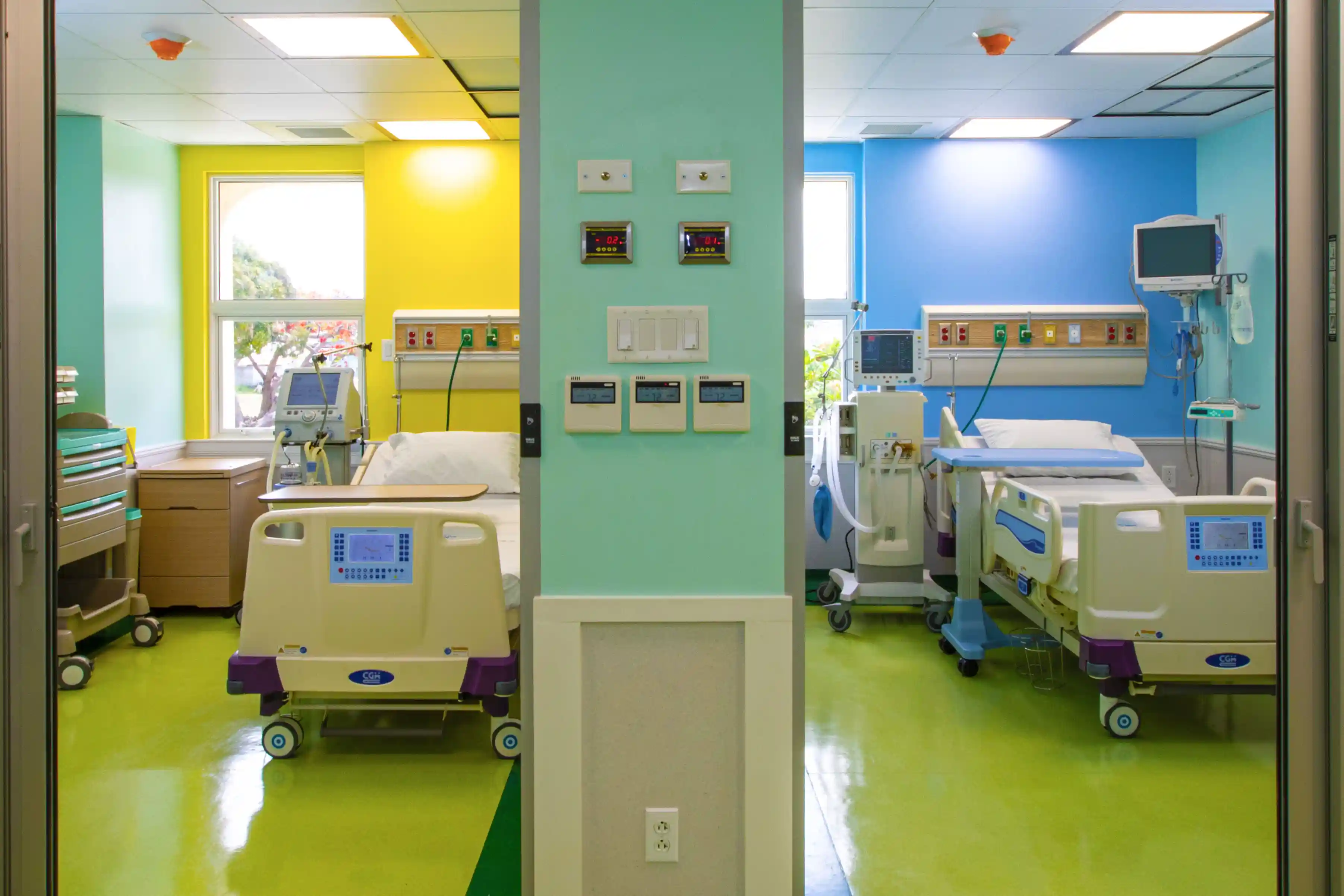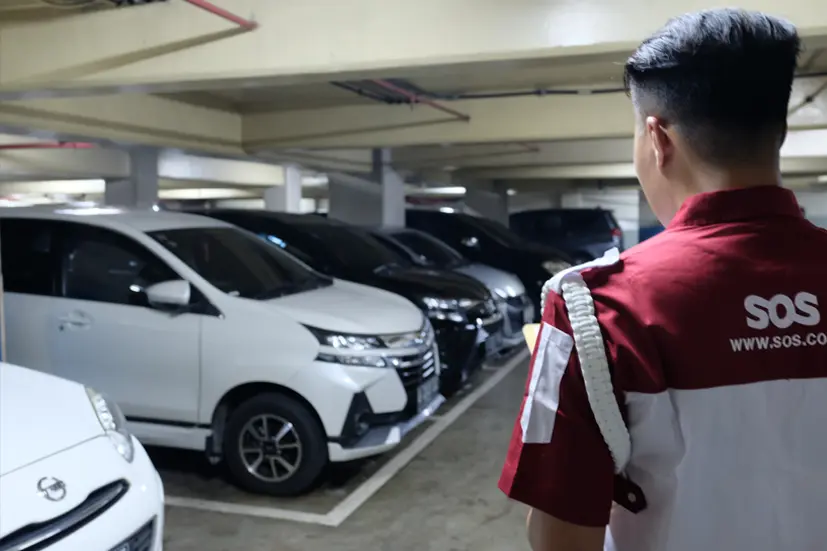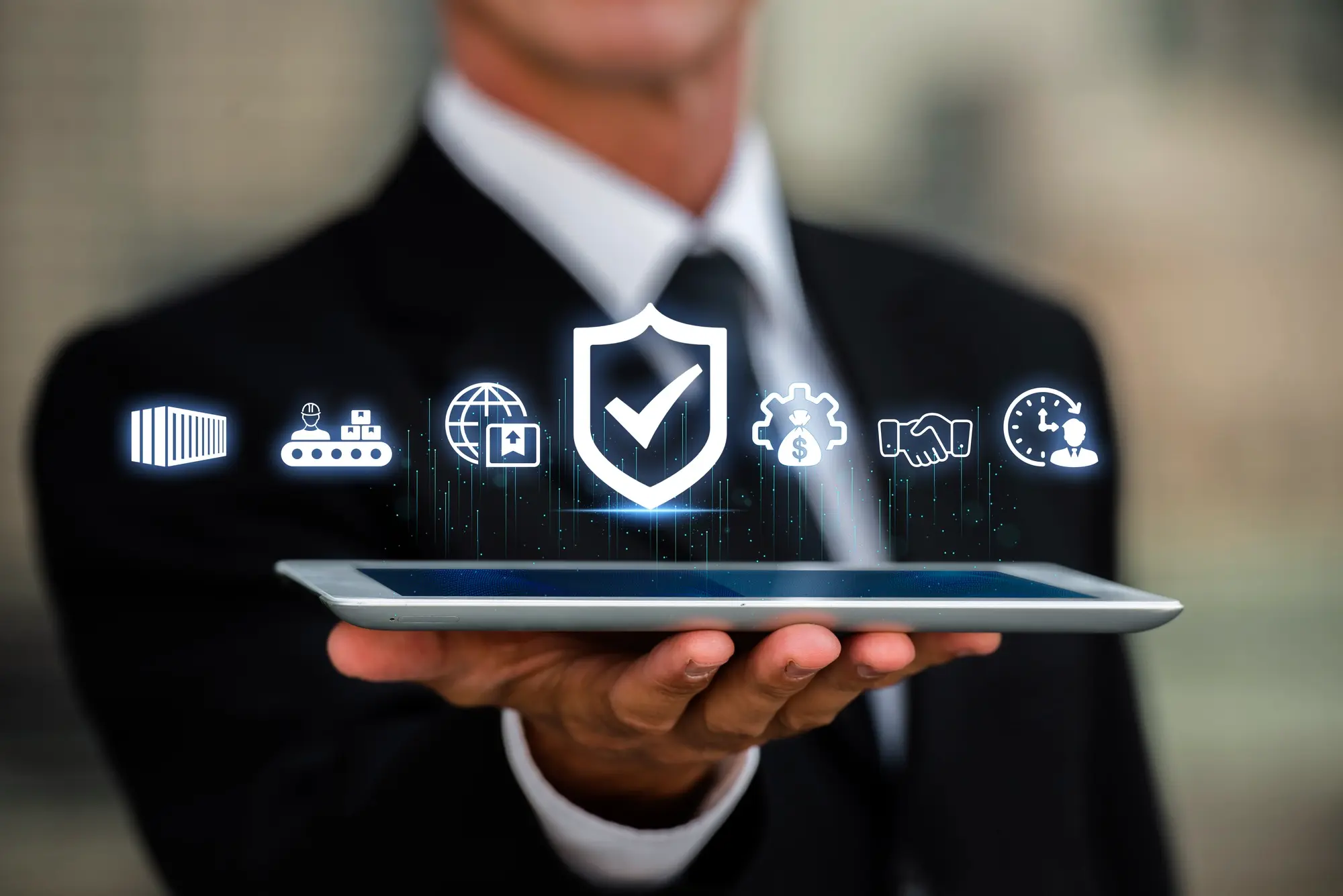ICU Room Cleaning SOP to Maintain Sterilization
27 October 2025

An ICU room cleaning SOP serves as a vital guide in maintaining sterilization within high-risk hospital areas. The ICU is particularly vulnerable to infection spread, which is why every cleaning procedure must follow strict medical and safety standards to protect both patients and healthcare workers.
Let’s understand how to effectively implement this SOP in your healthcare facility.
ICU Room Cleaning SOP: Essential to Ensure Sterilization and Infection Control
Here are some regulations and guidelines from the Indonesian Ministry of Health (Kemenkes) that form the basis of ICU room cleaning SOPs:
-
The Ministry mandates that staff and visitors must wear full PPE and perform regular hand hygiene when entering medical areas.
-
According to Regulation No. 7 of 2019, the ventilation in isolation or operating rooms must maintain a slightly positive pressure (at least 0.10 mbar) compared to surrounding areas to prevent airborne pathogen transmission.
-
ICU service guidelines regulate room size, ventilation flow, and technical aspects to ensure optimal sterilization and infection control.
These regulations should serve as the foundation for developing and applying an ICU room cleaning SOP to ensure cleaning activities are both effective and compliant with national healthcare standards.
Read Also: 10 Essential Hospital Cleaning SOPs You Must Understand
Steps to Develop an ICU Room Cleaning SOP?
Developing an ICU room cleaning SOP must be done systematically to ensure that all procedures align with infection prevention standards:
1. Define Objectives and Scope
Start by defining the purpose of the SOP, such as ensuring room sterilization and preventing cross-infection. The scope should cover ICU areas, patient waiting rooms, and support areas directly connected to intensive care units.
2. Identify Risks and Cleaning Zones
Conduct a risk analysis for each hospital area, especially frequently contaminated points. Identify priority areas such as patient beds, medical equipment, walls, and ventilation systems that require more intensive disinfection by cleaning staff.
3. Develop Procedures and Cleaning Sequences
Outline step-by-step activities, from equipment preparation and PPE usage to cleaning floors, walls, and medical surfaces.
Use approved disinfectants based on Ministry of Health and WHO guidelines to ensure safety and effectiveness.
4. Assign Responsibilities and Coordination
Clearly define the responsibilities of each cleaning service role—from field operators to supervisors—to ensure coordination and minimal disruption to ongoing medical activities in the ICU.
5. Establish Schedules and Evaluation Mechanisms
Determine cleaning frequency based on ICU activity levels. Include regular evaluation methods through audits and inspection reports to ensure consistent SOP implementation across hospital facilities.
Example of an ICU Room Cleaning SOP
ICU ROOM CLEANING SOP
(ICU CLEANING SERVICE STANDARD OPERATING PROCEDURE)
Document Code: CS-ICU/005/2025
Prepared by: Cleaning Service Operations Division
Approved by: Infection Control Officer
Effective Date: January 2025
Purpose:
-
To establish standardized cleaning procedures in ICU areas to maintain maximum sterilization and prevent cross-infection.
-
This SOP ensures all processes use disinfectants that comply with Ministry of Health and WHO standards.
Scope:
Applies to all cleaning service personnel assigned to ICU areas, including critical care rooms, waiting areas, decontamination zones, and any support areas directly connected to patient care or medical equipment.
A. Pre-Cleaning Preparation
Before starting, staff must ensure the ICU area is safe for cleaning and will not interfere with medical activities. Proper preparation guarantees both patient safety and cleaning effectiveness:
-
Ensure no medical procedures are in progress inside the ICU.
-
Wear full PPE (N95 mask, double gloves, face shield, non-slip shoes, and sterile gown).
-
Prepare sterilized tools such as ICU-specific mops, chlorine-based disinfectants, microfiber cloths, and labeled infectious waste bins.
-
Post a “Sterile Area – Cleaning in Progress” sign at the ICU entrance to restrict unauthorized access.
B. ICU Room Cleaning Procedure
This is the core of the SOP and must be strictly followed under supervision by the Infection Control Officer to meet isolation and safety standards:
1. Cleaning Surfaces and Medical Equipment
-
Use disinfectants recommended by WHO or the Ministry of Health.
-
Clean high-touch areas such as ventilator buttons, door handles, monitors, and treatment tables from the cleanest to the dirtiest area.
-
Avoid wiping motions that cause splashing to prevent spreading microorganisms.
2. Cleaning Floors and Walls
-
Use separate mops and cloths for ICU and general hospital areas.
-
Clean floors, walls, and lower bed panels at least twice daily.
-
Use non-abrasive chemicals to prevent surface damage or residue buildup.
3. Handling Tools and Medical Waste
-
All cleaning tools must be re-sterilized after use.
-
Separate infectious and non-infectious waste according to color-coded bins.
-
Immediately report any blood or body fluid spills to the Infection Prevention and Control (IPC) Nurse.
Read Also: Hospital Security SOP: Essential Protocols for Medical Areas
C. Occupational Health and Safety (OHS) Implementation
OHS standards must be applied in all cleaning service activities to protect workers from exposure to chemicals and pathogens:
1. Use Complete PPE
Always wear full PPE, including N95 masks and double gloves.
2. Chemical Handling
Do not mix chemicals without supervisor instructions to avoid dangerous reactions.
3. Ventilation and Airflow
Ensure positive air pressure and functional ventilation to maintain sterile circulation.
4. Hand Hygiene
Wash hands with antiseptic soap before and after removing PPE to prevent cross-contamination.
D. Cleaning Frequency and Schedule
ICU room cleaning must be performed at high frequency to ensure hygiene is maintained at all times. The following is the cleaning schedule applied in intensive care units:
1. Routine Cleaning
Conducted at every shift change or immediately after a medical procedure is completed. The goal is to keep the area hygienic and prevent residual contaminants from adhering to surfaces or medical equipment.
2. Daily Deep Cleaning
Conducted at least twice a day, covering all surfaces, equipment, and ICU floors. This ensures comprehensive sterilization so that the area remains safe for both patients and medical staff.
3. Audits and Inspections
Audits are routinely performed by hospital supervisors or outsourced cleaning service providers to ensure compliance with the cleaning service SOP and infection isolation standards.
E. Supervision and Evaluation
Supervision and evaluation are essential to ensure cleaning procedures follow the SOP and meet the hygiene quality standards required in medical facilities. The process includes:
1. Supervision by the IPC Nurse
Every ICU cleaning process is directly supervised by the Infection Prevention and Control (IPC) Nurse to ensure all steps are performed according to medical protocols and the hospital cleaning service SOP.
2. Visual Inspection and Audit Log Sheet
Visual checks are conducted on floor cleanliness, equipment, and frequently touched surfaces around patients.
Additionally, a daily audit log sheet is used to evaluate the consistency and accuracy of cleaning staff performance, including cleaning schedules and work documentation.
3. Performance Evaluation and Training
The results of audits and supervision serve as the basis for improving the competence of hospital cleaning personnel. This evaluation includes assessing compliance with the ICU cleaning SOP and is followed by regular training to maintain high standards of cleanliness and workplace safety.
F. Additional Notes
This SOP must be reviewed and updated annually or whenever there are changes in hygiene policies or disinfectant materials used. All cleaning personnel are required to undergo regular training to ensure their understanding of ICU cleaning procedures remains aligned with the latest medical standards.
The Importance of Professional Cleaning Services in ICU SOP Implementation
Implementing an ICU room cleaning SOP requires trained experts who understand medical standards and workplace safety in healthcare settings. SOS provides professional outsourcing cleaning services with the following qualifications:
-
Trained personnel in handling medical chemicals and cleaning high-risk areas safely.
-
Strict adherence to isolation precautions and full PPE usage throughout the ICU cleaning process.
SOS cleaning service personnel ensure cleanliness quality and occupational safety in line with healthcare facility standards.
Read Also: 7 Key Duties of Hospital Cleaning Services & Their Standards
Keep Your ICU Sterile with Professional Cleaning Services from SOS
Ensure your hospital’s ICU remains hygienic and compliant with medical and OHS standards with support from SOS’s professional cleaning team.
Our experts perform thorough cleaning following sterilization protocols established for healthcare environments.
What You Get:
-
Certified cleaning personnel trained in medical infection control procedures.
-
Use of medical-grade disinfectants approved by the Ministry of Health for safe sterilization.
-
Regular supervision and audits to guarantee optimal ICU cleanliness.
Contact SOS today for professional, safe, and reliable outsourcing cleaning service solutions tailored to your healthcare facility’s needs.



